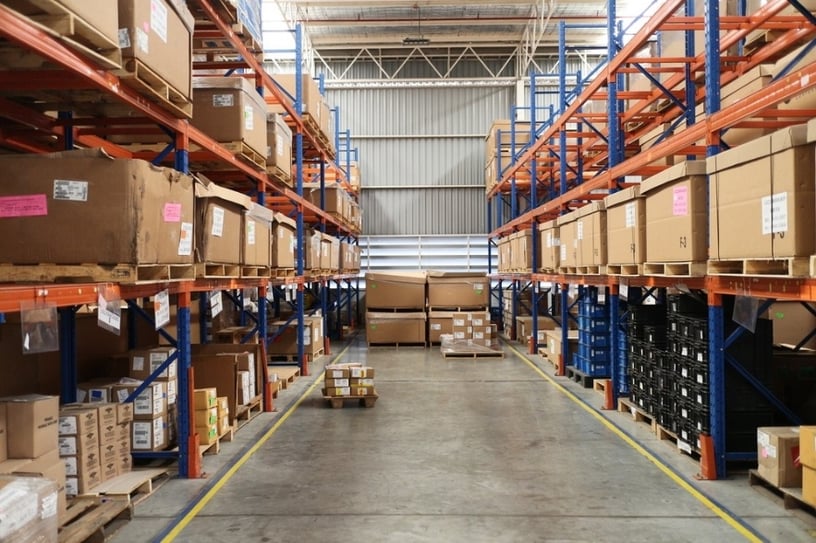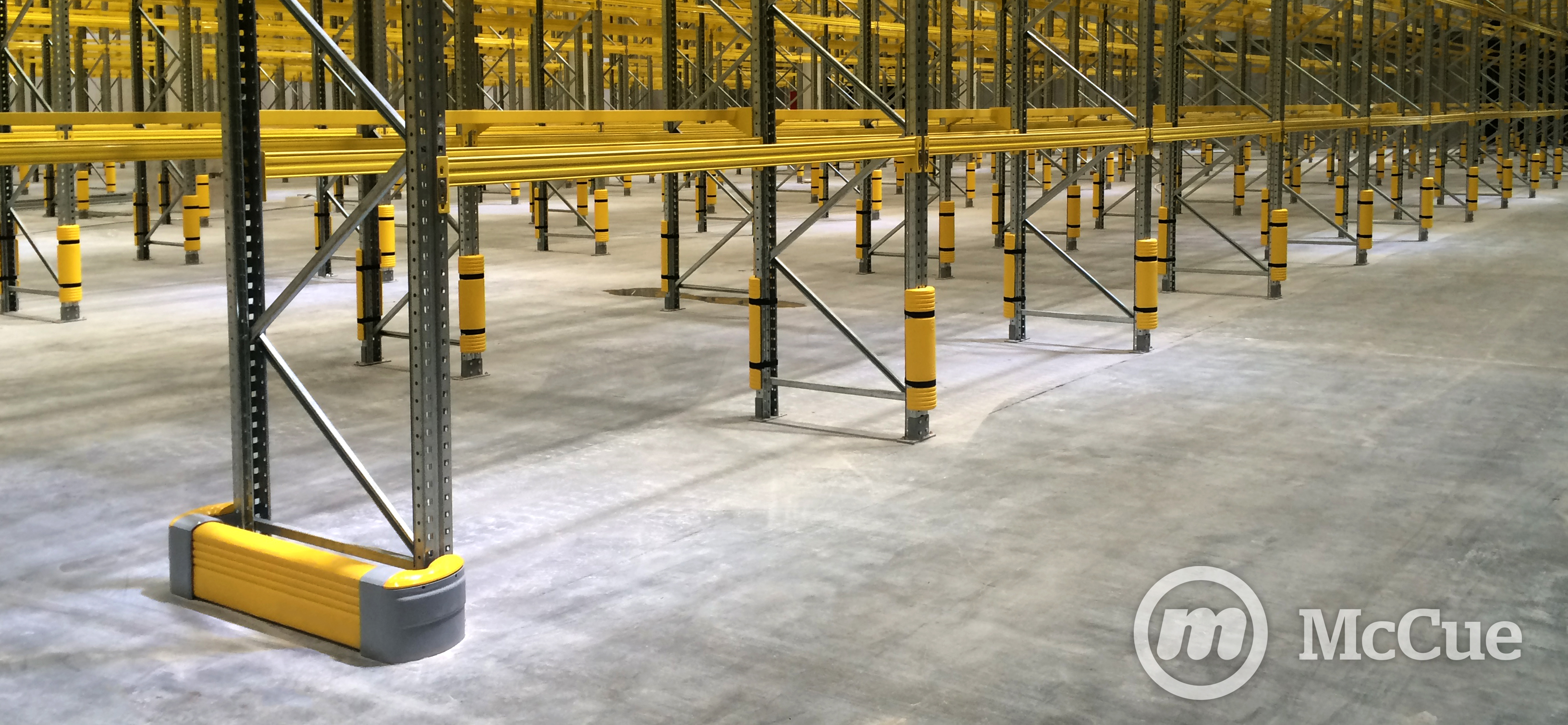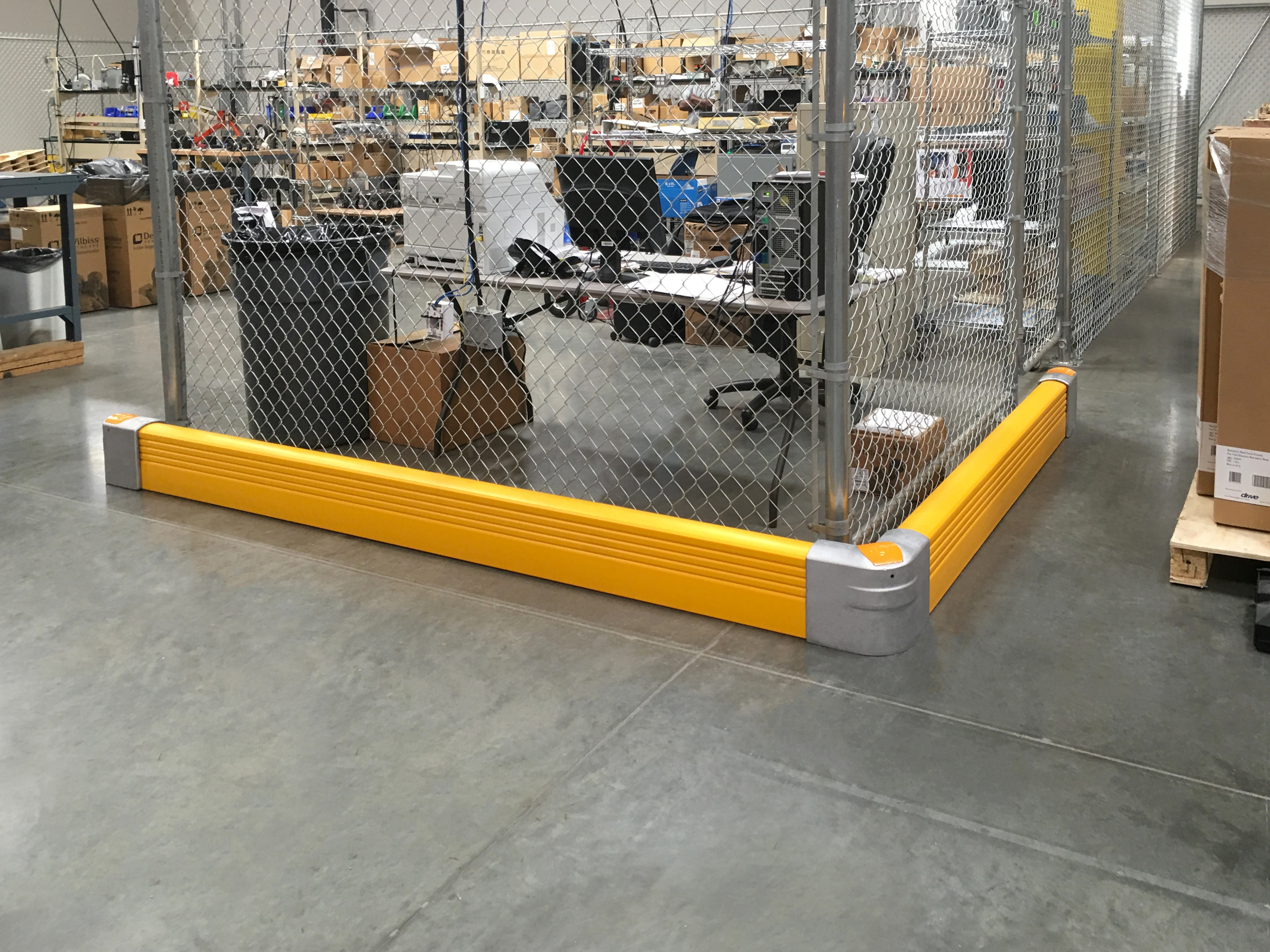Why should hindsight be 20/20 when foresight can be just as clear?
By studying the high-traffic areas in your facility and keeping abreast of accident trends in your industry, you can stay one-step ahead of most common (and frequently occurring) workplace accidents — and reduce your overall maintenance expenses.

It's important to know what areas of your facility support the most activity and are therefore subject to the most wear and tear. For the most part, damage "hotspots" can be anticipated by studying how people, products and equipment interact within your facility on a daily basis. You can reference industry standards with regards to accident history and forklift driving habits to anticipate the most common causes of damage. Once you know the cause, it's easier to pinpoint potential problem locations.
Say you have a single aisle in your product racking that's more heavily trafficked than others. Even if you've been lucky enough to avoid damage thus far, you're still taking a huge risk by not implementing proactive protection for your equipment located along this path.
Take the ubiquitous example of smartphone protection— say you originally spent around $400 to get the new phone and have used it for a month without any incident. You can take a gamble that your luck will continue — that you won't accidentally drop your phone or get it wet — or you can purchase a protective case for around $14 that will keep your phone intact if such an accident were to occur. When you consider the industry standard for user-inflicted phone damage (that ninety percent of people drop their phone at least once a month), the return on your investment for that protective case would be exponential.
The same is true for protecting people, equipment and products in your facility — and just as obvious. If you allocate more of your maintenance budget to proactive solutions, you're likely to spend significantly less on replacement equipment down the line. Furthermore, when it comes to facility and equipment damage, you must factor in how accidental damage can affect the workflow and productivity of your business (since delays in productivity will likely hurt your wallet as well). If it sounds like a no-brainer, that's because it is.
It's simple. If you know that one area of your facility handles more traffic than others, it's worth reinforcing the upright pallet racks in that aisle with rack guards, like McCue's half-moon, steel-and-rubber shock-absorbing rack guards. These products are built to sustain impacts from forklifts and pallet jacks while maintaining the integrity of the rack (which, like your smartphone, isn't engineered to sustain impact)and protecting the floor beneath it — whose replacement cost likely quadruples that of your top-of-the-line protective guard.
Similarly, by installing FlexCore Bollards in high-traffic or difficult-to-maneuver areas throughout your facility, you can prevent any cartoon-like domino effect — where a single point of impact sends a ripple of damage down an entire line of connecting structures (and initiates a huge maintenance issue). Being proactive with your maintenance solutions is sure to stop those inevitable "oops" moments from maturing into full-fledged budget nightmares, like the one that's avoided in this video.




